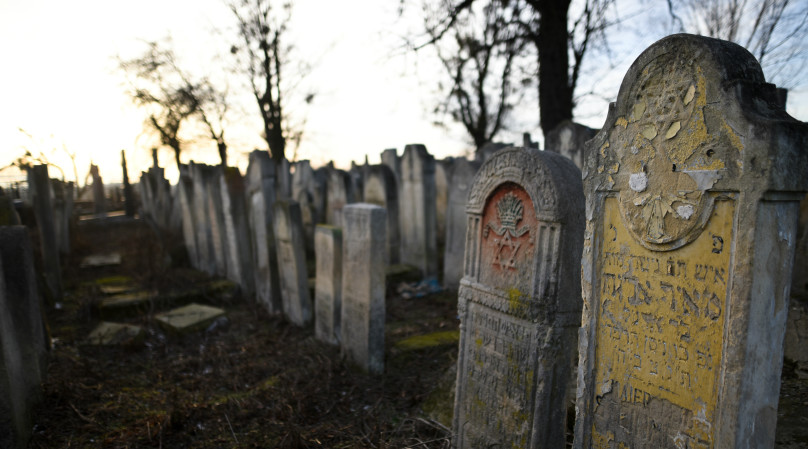Stepping into 1627: A Historian’s Journey at Plimoth Patuxet
Drawn by the allure of living history, I embarked on a journey to Plimoth Patuxet, eager to explore America’s early colonial narrative. This immersive experience promised a unique blend of historical authenticity and interactive engagement, reminiscent of my European adventures.
A Journey Back to 1627: Immersing in Plimoth Patuxet
As a former professor of European history, I have always been fascinated by the intricate tapestry of human stories that have shaped our world. My recent visit to Plimoth Patuxet was a delightful exploration of America’s early colonial history, a narrative that is as compelling as any European saga. Accompanied by my wife, we embarked on this journey with the same curiosity that has driven us to explore ancient ruins and medieval castles across Europe.
Upon arrival, the first thing that struck me was the authenticity of the 17th-Century English Village. The village is a living museum, where history is not just displayed but lived. The actors, or rather the inhabitants, go about their daily lives as if it were still 1627. They speak in the dialects of their original English regions, and their interactions are as genuine as they are informative. It reminded me of the immersive historical experiences I’ve encountered in European cities, where the past is not just remembered but relived.
The Wampanoag Homesite was a new addition since my last visit, and it offered a profound insight into the indigenous heritage of the region. Watching a young man craft a traditional dugout canoe, or “minshoon,” was a highlight. It was a vivid reminder of the rich cultural tapestry that existed long before the Pilgrims arrived. This aspect of the museum resonated deeply with me, as it echoed the layered histories I’ve explored in places like Rome and Athens, where ancient and modern worlds coexist.
Engaging with History: The Art of Conversation
One of the most enchanting aspects of Plimoth Patuxet is the interactive nature of the experience. The villagers do not initiate conversation, staying true to their roles, but once engaged, they bring history to life with remarkable detail. This approach requires visitors to take the initiative, much like a traveler must do when exploring the hidden corners of a foreign city.
I found myself drawn into conversations about the daily lives of the settlers, their struggles, and their hopes for the New World. The actors’ commitment to their roles was impressive, and their knowledge of the period was extensive. It was akin to having a dialogue with historical figures, a rare opportunity to delve into the personal stories that textbooks often overlook.
This interactive element is what sets Plimoth Patuxet apart from other historical sites. It transforms a visit into a participatory experience, where history is not just observed but actively engaged with. It reminded me of the vibrant discussions I’ve had with local historians in European towns, where the past is a living, breathing entity.
Reflections on a Unique Experience
While the admission price and the cost of items in the gift shops were on the higher side, the experience at Plimoth Patuxet was worth every penny. The opportunity to step back in time and witness the early days of America’s founding story was both educational and inspiring. It was a reminder of the resilience and ingenuity of those who came before us, themes that are universal in the study of history.
As we concluded our visit, I couldn’t help but draw parallels between this experience and my travels through Europe’s historical landscapes. Both offer a window into the past, a chance to connect with the stories that have shaped our present. Plimoth Patuxet, with its faithful recreation of 1627, stands as a testament to the enduring power of history to educate and inspire.
For those who, like me, have a passion for history and a love for immersive experiences, a visit to Plimoth Patuxet is a journey not to be missed. It is a place where the past is not just remembered but brought to life, a living testament to the stories that continue to shape our world today.








































